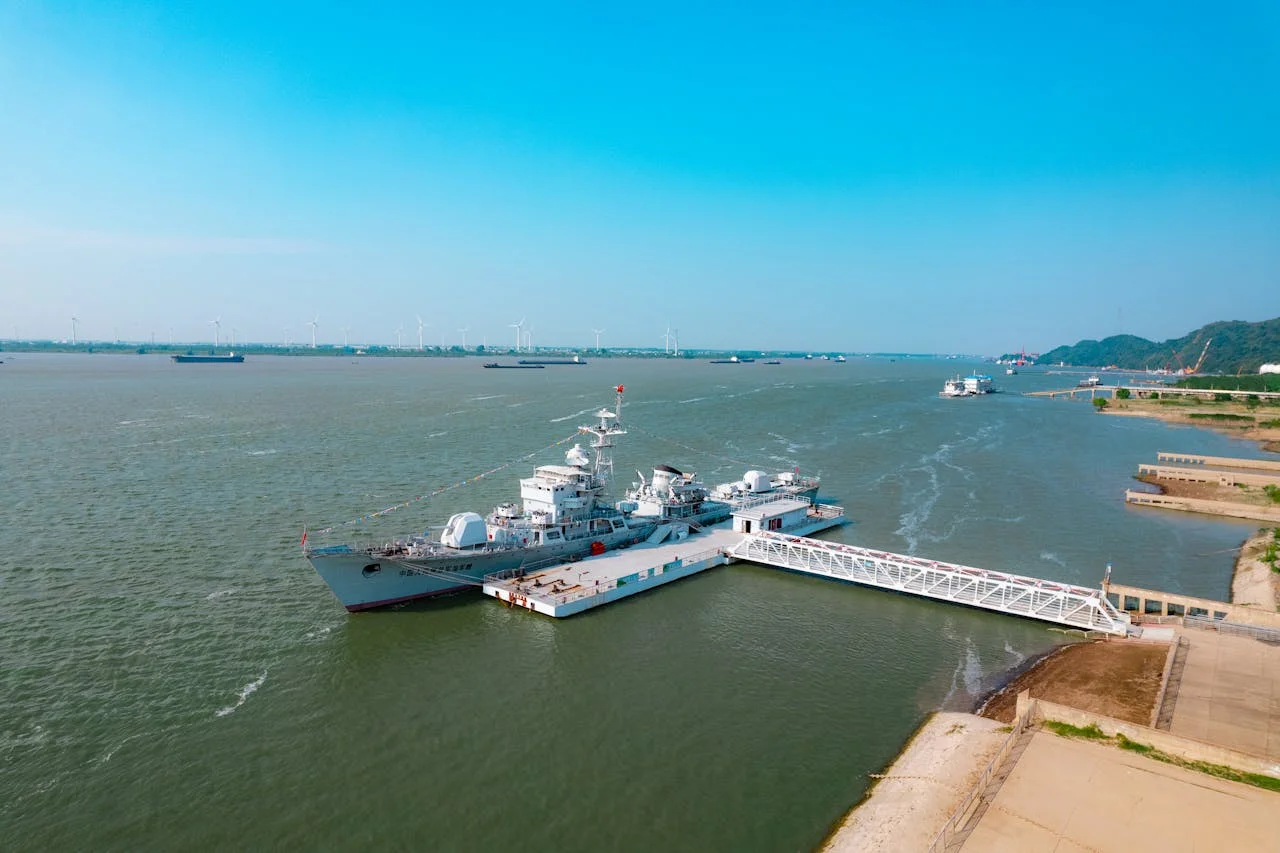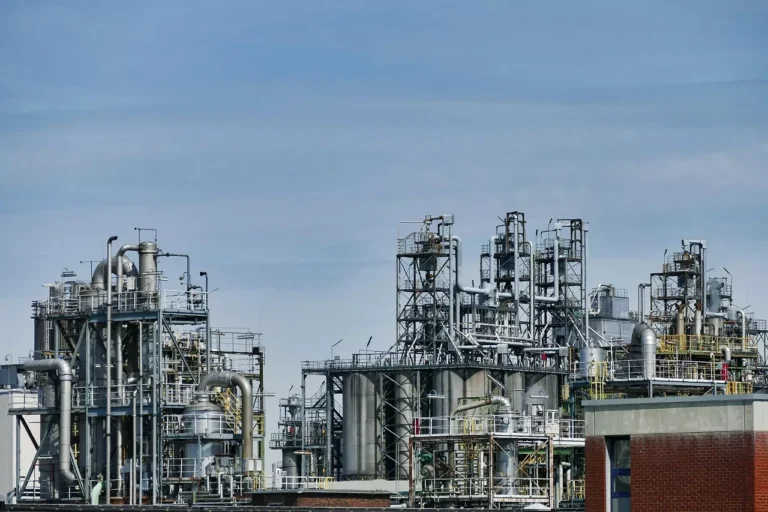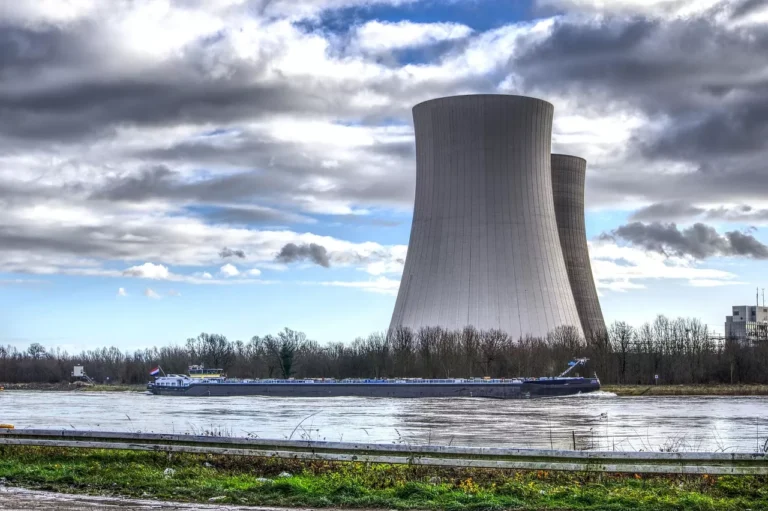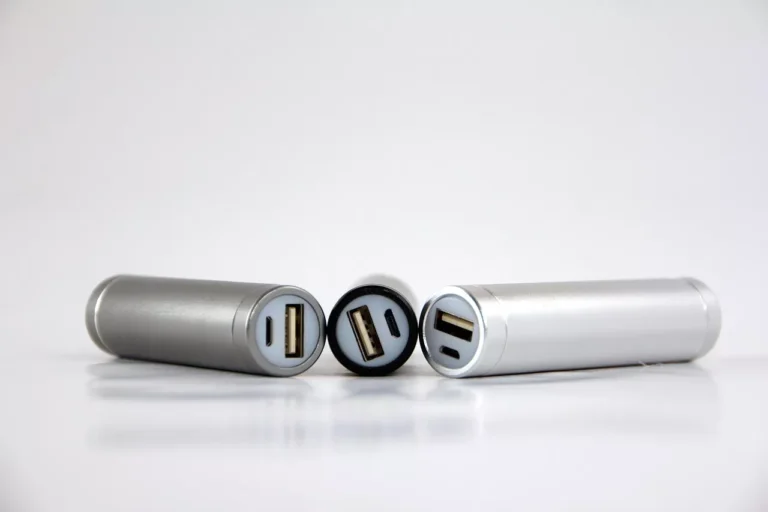
Amogy, a leader in scalable ammonia-to-power solutions, has announced that the NH3 Kraken, the world’s first carbon-free ammonia-powered maritime vessel, successfully completed its maiden voyage. This retrofitted tugboat, originally built in 1957, sailed on a tributary of the Hudson River, upstream from New York City. This demonstration marks a crucial advancement in reducing global carbon emissions and aligns with the International Maritime Organization’s (IMO) target of net-zero emissions by 2050, showcasing the feasibility of ammonia as a sustainable maritime fuel.
Seonghoon Woo, CEO and co-founder of Amogy, stated, “With global governments and organizations like the IMO setting ambitious carbon reduction goals, our successful demonstration proves these targets are attainable. This first on-water demonstration has provided us with invaluable insights that will accelerate our commercialization efforts and real-world applications. The chance to decarbonize the maritime sector is within reach, and this is just the beginning for Amogy.”
The NH3 Kraken’s successful journey is the most significant application of Amogy’s technology to date, following previous demonstrations involving an aerial drone, a commercial tractor, and a semi-truck. Amogy plans to leverage the knowledge gained from this venture for future retrofit projects and new builds, with ongoing contracts signed with companies like Hanwha Ocean and Terox.
Amogy’s patented ammonia-to-electric power system effectively “cracks” liquid ammonia into hydrogen and nitrogen. The hydrogen is then used in a fuel cell, producing high-performance power with zero carbon emissions. For this demonstration, the NH3 Kraken was fueled with green ammonia generated entirely from renewable energy sources, further minimizing its carbon footprint.
The global shipping industry contributes nearly 1 billion tons of greenhouse gases annually, equivalent to the emissions of a G7 country such as Germany or Japan. The successful voyage of the NH3 Kraken highlights ammonia’s potential to transform the shipping industry and other power generation sectors.
“Ammonia is the second most produced chemical globally, with around 20 million tons transported through 200 ports each year. Transitioning the industry to utilize ammonia as fuel is not only feasible but can occur at an accelerated pace,” added Woo.










